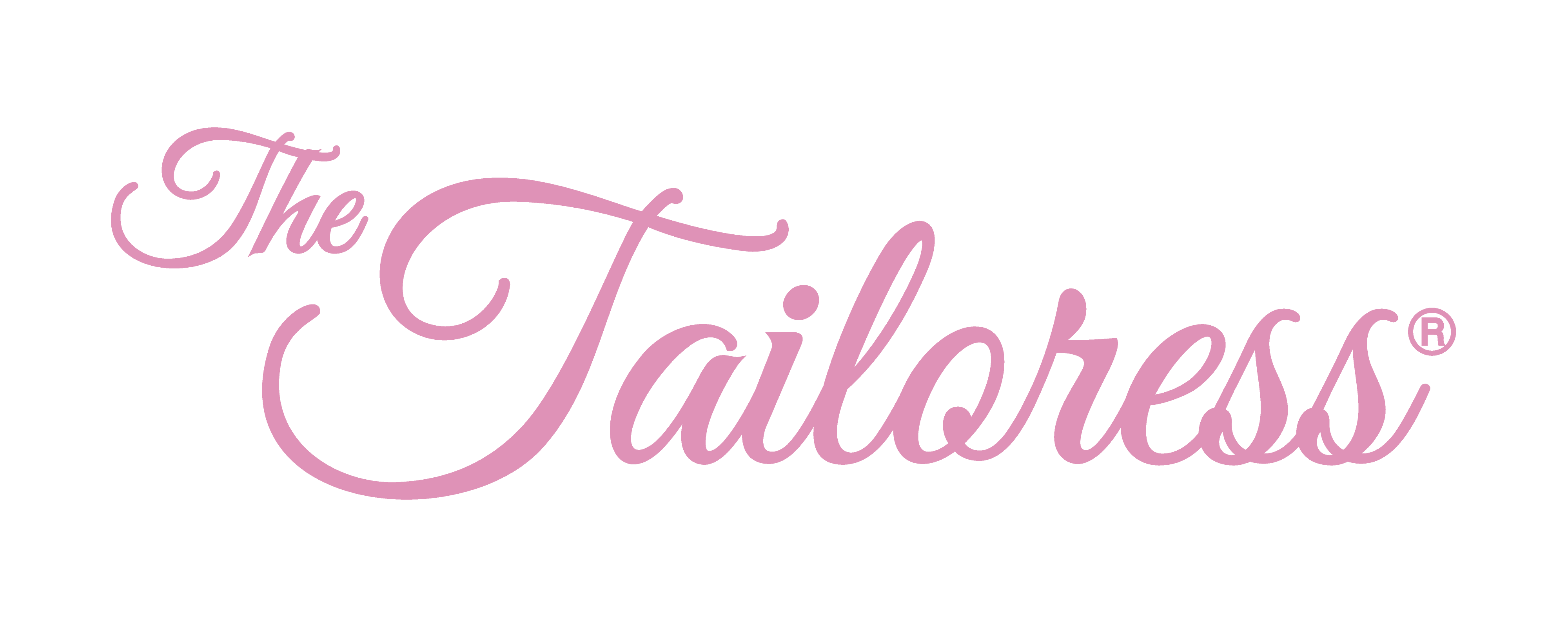Əsas Tikiş Kit
Sewing Machine: These vary in style and abilities. Some are computerised allowing for a multitude of different stitch combinations and designs. Most very old versions allow only for straight or zig-zag stitch whereas newer models can allow you to create embroidery stitches. All are threaded up and used in a similar way and require similar maintenance.
Overlocker: Used to create professionally finished seam edges. The can be used for decorating, reinforcing or constructing seams. Some overlockers have a cutting attachment, trimming the seam edge neatly before forming the stitch.
Bobbins: These go into the bobbin case in the lower part of the sewing machine. It is always a good idea to have a few of these so you can use them for different threads, saving them for future use between projects.
Quick unpick: A small tool with a little hook-like end. Used to cut the threads in a seam without damaging the fabric. An invaluable tool!
Thimble: A must have. Helps you to sew quicker and more effectively by protecting and supporting the main finger used for pushing the needle through the fabric.
Paper scissors: Essential for use when cutting paper patterns. Use a large pair of scissors to enable cuts to be long and smooth.
Fabric scissors: Large scissors used specifically for cutting fabric. Never use your fabric scissors to cut paper is it will dull the blade making them ineffective for cutting fabric.
Embroidery scissors: Tiny scissors with small sharp blades for cutting threads and for use on small work. Do not use for cutting paper.
Tape measure: A pliable measuring tape used for taking body and other measurements. Can easily be rolled up and stored in your sewing box.
Dressmaker’s pen: Looks like a normal pen but contains washable ink making it great for marking directly onto fabric without spoiling it. Ideal for light coloured fabric.
Tailor’s chalk: Used for making non-permanent marks on fabric. Use to mark out darts/pockets or other marking necessary for making up your garment/project. Ideal for dark coloured fabric.
Pins: Essential for sewing! There are many types of pins but the best for the majority of sewing projects are those with a ball on the the end.
Needles: Available in many different shapes and sizes for different jobs. Check your fabric type before selecting your needle type. For jersey fabrics use a ballpoint needle (to avoid puckering), for lightweight cotton use a standard ‘sharp’ needle. There are also needles specific for: denim; quilting; embroidery and top-stitching.
Sewing gauge: A small measuring stick allowing you to measure darts and seam allowances very accurately.
Needle threader: A tiny tool with a length of fine wire bent into a diamond shape. It is fine enough to push through the eye of a needle allowing you to thread your needle easily.
Pressing equipment: Essential for pressing seams. Basic pressing equipment consists of an ironing board, steam iron and pressing cloth.
Pinking shears: Creates a saw-tooth edge on fabrics preventing fraying.
Rotary cutter: Used with a cutting mat to cut fabric.
Presser feet: There are so many types of presser feet for all kinds of jobs. They help to do your job more effectively. Some great ones to have are: standard foot; zip foot and buttonhole foot. Feet either come as low shank, high shank or slanted shank. You must check which fitting type your machine uses to ensure you get the right one for it.
Look after your kit by keeping it clean and dry and storing it in a box, tin or bag.
Sewing machines need regular maintenance and cleaning, which is simple and straightforward to do and keeps your machine running effectively.
Keep your pins on a pin cushion or in a little box. Needles should be kept in their original boxes to avoid damaging the points. Ensure to change your needles regularly as they eventually become blunt.
